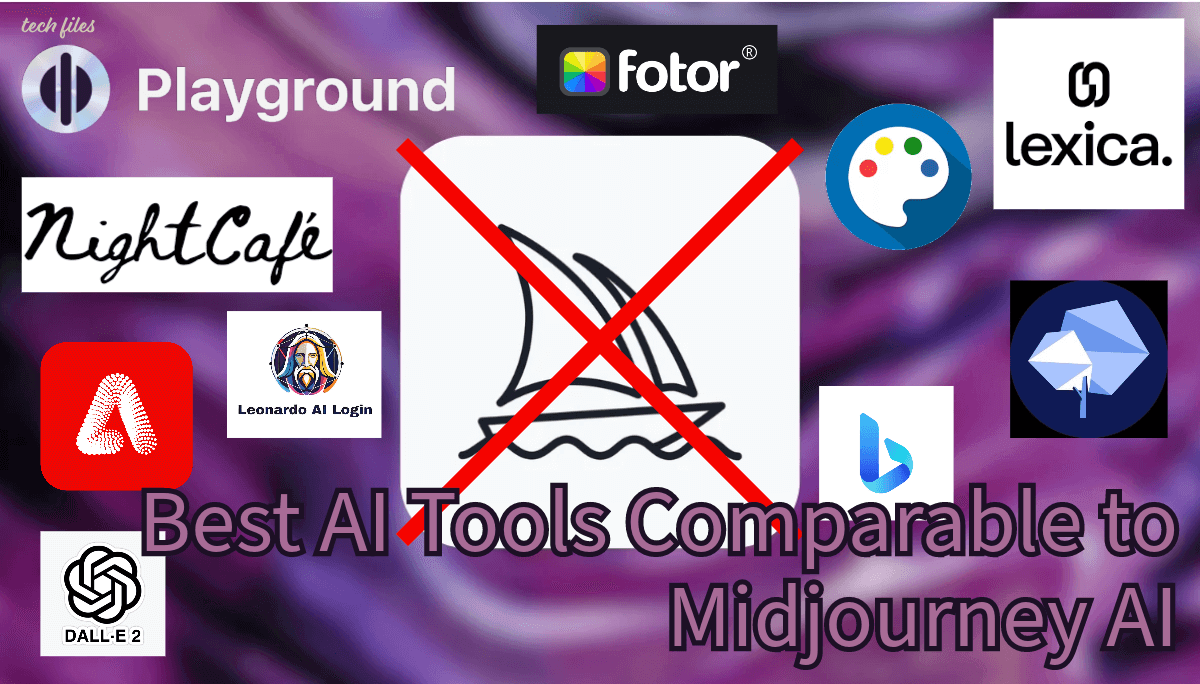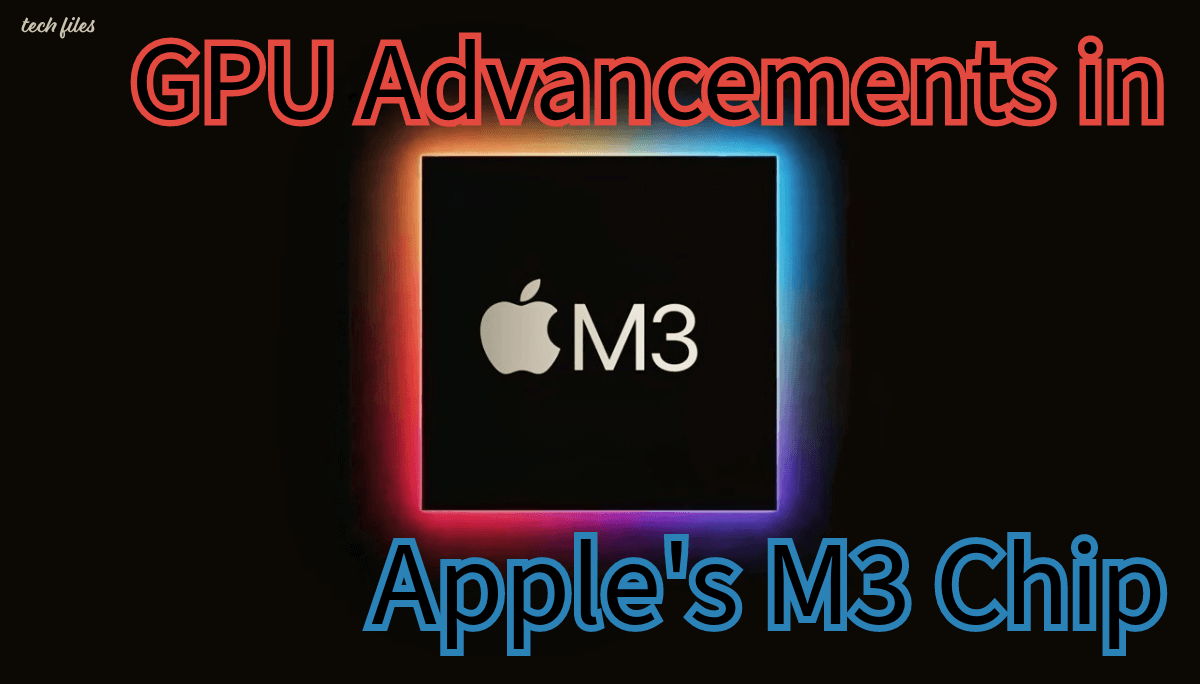Reviving the Past: The Surprising Comeback of Analog Computing in the Digital Age

The world of computing has long been dominated by digital technology, but recent developments have seen a surprising player re-enter the game: analog computing. This revival is not a mere nostalgic return but a strategic reassessment of analog’s unique capabilities in the modern tech era.
The Essence of Analog Computing
Understanding Analog Computing Analog computing operates on continuous data, unlike the discrete digital signals in binary code. This fundamental difference allows analog computers to handle complex calculations in ways that digital computers cannot easily replicate.
Historical Significance In the early 20th century, analog computers were pivotal in advancements in engineering and science. They played crucial roles in World War II and the space race, showcasing their ability to process complex data efficiently.
Why Analog is Making a Comeback
Advantages Over Digital Analog computing offers several benefits over its digital counterpart. Its ability to process continuous data makes it ideal for certain types of calculations, such as those involving natural phenomena.
Energy Efficiency One of the most significant advantages of analog computing is its energy efficiency. Analog devices consume less power compared to digital systems, making them an eco-friendly alternative in an energy-conscious world.
Speed and Efficiency in Specific Tasks For tasks like signal processing and complex simulations, analog computers can operate faster and more efficiently than digital systems, offering real-time data processing capabilities.
Modern Applications of Analog Computing
Neural Networks and AI Analog computing’s ability to process complex, continuous data makes it well-suited for artificial intelligence and neural networks. It can simulate brain-like processes more naturally than digital systems.
Signal Processing In signal processing, analog computing shows its strengths, handling waves and continuous signals more efficiently than digital systems.
Quantum Computing Quantum computing, a field at the cutting edge of technology, also finds a surprising ally in analog computing. Analog’s continuous data processing complements quantum systems, offering new research avenues.
Integrating Analog and Digital
Hybrid Systems The future lies not in choosing between analog and digital but in combining their strengths. Hybrid systems can leverage the speed and efficiency of analog with the precision and storage capabilities of digital.
The Role of Analog in a Digital World Analog computing can fill gaps that digital technology struggles with, especially in areas requiring continuous data processing and high energy efficiency.
The Future of Analog Computing
Innovation and Development As technology evolves, so does the potential for analog computing. Its application in emerging fields like sustainable technology and advanced AI research is only beginning to be realized.
Challenges and Potential Solutions Despite its advantages, analog computing faces challenges, particularly in scalability and precision. However, ongoing research and technological advancements are addressing these issues, paving the way for broader adoption.
Conclusion
The resurgence of analog computing in the digital age is not just a technological renaissance; it’s a fusion of history and innovation, promising a future where the best of both worlds coexist. This convergence paves the way for advancements that neither could achieve alone.
Analog computing, with its natural approach to continuous data, offers solutions to some of the most pressing challenges in modern technology. From enhancing AI and neural networks to contributing to sustainable energy solutions, its potential is vast and largely untapped. The marriage of analog’s efficiency and digital’s precision creates a synergy that could revolutionize computing as we know it.
However, this journey is not without challenges. Issues of scalability, precision, and integration with existing digital systems remain hurdles to be overcome. But with each step forward, these challenges become opportunities for innovation, driving the evolution of computing technology.
As we stand at this intersection of history and future, it’s clear that the story of computing is still being written. The revival of analog computing reminds us that progress often involves looking back as much as forward, finding value in what was to create what will be. This journey of rediscovery not only enriches our understanding of technology but also opens new doors to possibilities once thought impossible.
Call to Action
“Are you intrigued by the potential of analog computing? Share your thoughts and join the conversation about this fascinating fusion of past and future technology. Comment below, share this article, and let’s explore the endless possibilities together!”












Sharing is caring!